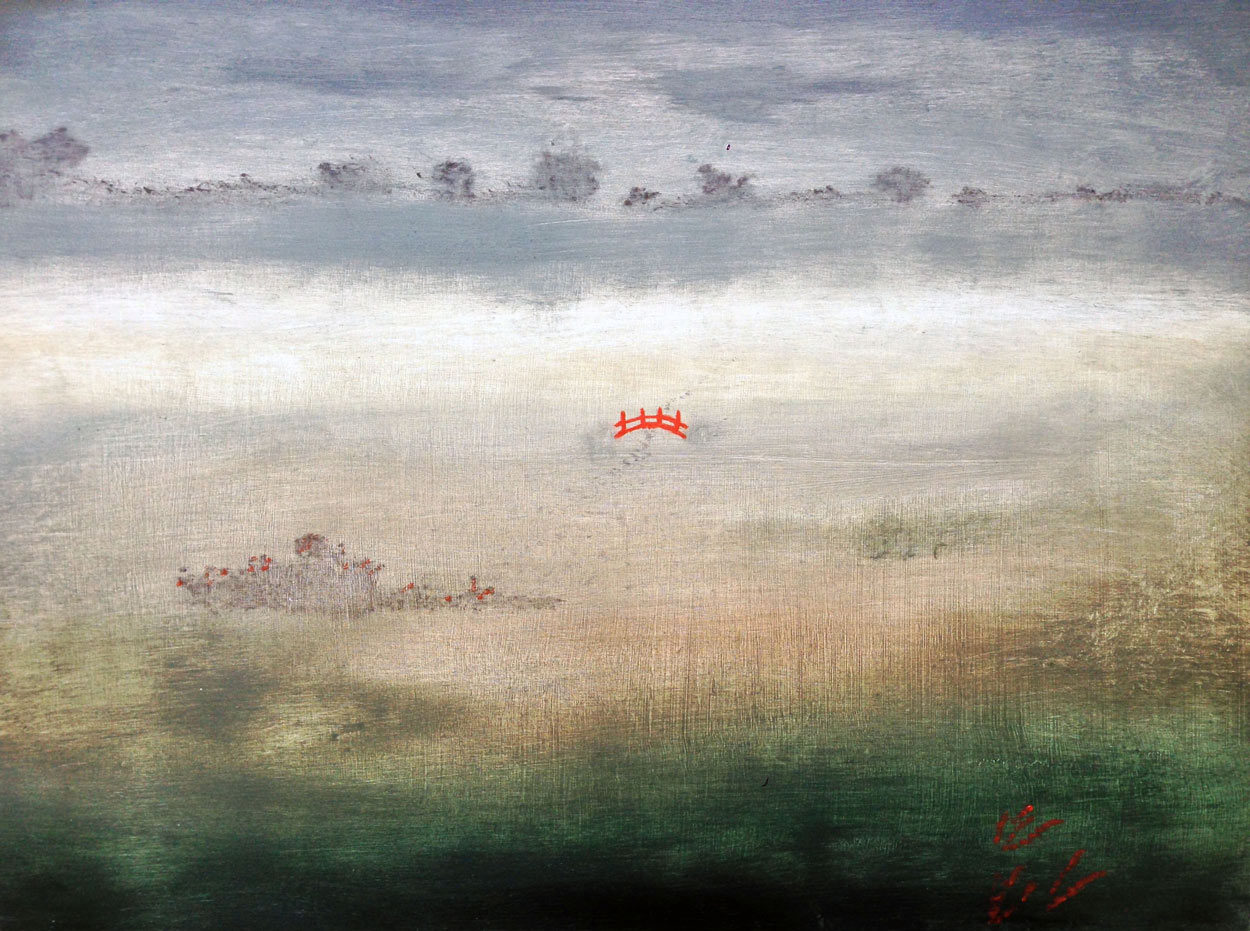15 / Feb / 2023
Spotlight on Lucy Atherton

Q. Would you like to say something about your early cultural life
A. Growing up in a rural Gloucestershire village, with nothing to do, led to walking and observing natural world. It was a frugal and simple life. (Toys and games were through her own invention and imagination) I was really into making miniature gardens. Making up animals.
Q. What made you want to be an artist
A. Nothing makes you.
Q. What inspired you?
A. Nothing, I just did it from an early age.
Q. Why do you choose to express yourself.
A. I don’t choose, (laughter) as opposed to what?
I would go mad. I don’t know how anybody cannot do anything creative.
No one can ever take it away from me, it is constant, and it is mine, so …
Q What do you consider your work aims to say?
A Tricky. (pause) I actually think it is pretty selfish, self indulgent. I’m not sure I’ve got a message, but it’s nice to open peoples eyes. A mixture - observation, imagination through self absorption of weather, rocks, trees seen through my studio top floor studio window. They are obsessive, such as the moon in the Luna work, which was my last animal painting.
Q. How do you like to function in your studio
A. I literally just start, the design element comes as it goes along. (Rather than premeditated) Deadlines help, walking to the studio is part of working process, writing a journal.
Q. What is the hardest process in painting
A. The middle is hardest. The start is exciting, the middle you try to fix it, the end varies, often quick.
Q Would you like to elaborate on your Influences
A. People I actually know, personalities I am drawn to, slightly obsessive, need to create.
Outsider artists, folk - not painting for an audience, for themselves.
Q. It’s hard to define your work
A. I think that’s a good thing.
Q. Who are your biggest artistic influences?
Folk art and romantic landscape such as the German Romantics - days spent in the National Gallery while studying at RCA. Particular artists Friedrich, Peter Doig, Leonora Carrington, Ravillios . I miss going to exhibitions, though last week I went to Manchester and was taken with a performance piece.
Q. Are you moving in a particular direction
A. I am, more like this direction (points to Red Bridge) being less narrative. I think it was a breakthrough one. It was done very quickly, with the blending possibilities of oil paint. I love oil paint to manipulate, smudge, bleed, if it goes wrong you can get rid of it. You have to trust it, it feels like a brave thing to do. I might try and go a bit bigger, and long works. The sketches will continue, I can do these anywhere. The point of oil paint is it’s not like colouring in.
Q. Could you talk about this painting Under Lune
A.Under Lune my last animal work - I’ not doing animals any more, which is why it is at the start of the exhibition, reminds me of the 20’s english group such as Nash.
Q. What is happening in it.
A. I think it is quite decorative, I am pretty obsessed with the moon, I think it is magic. It is an awkward meeting of animals, That’s what I think humans are. When I used to paint more animals - it was more symbolically, certain ones more comforting, fear in lamas, husky dogs like painting the self. I just found the piece of wood.






